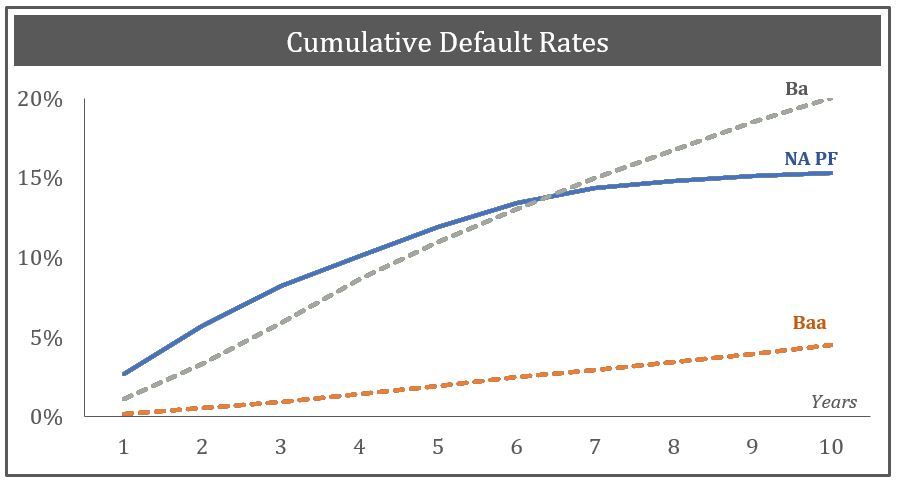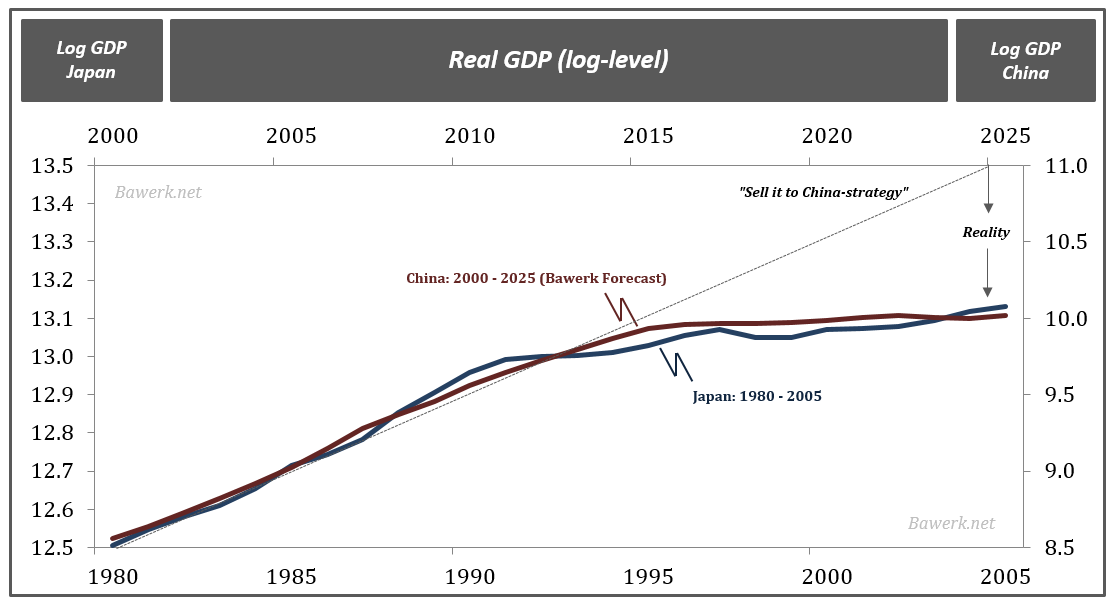Some of my City friends who work in banking have had a look at the 2009 Barclays balance sheet and made comment on how the profits are made up.
They report to me that the one off profit from the disposal of BGI to Blackrock was £6.3bn. Add that to the trading profit of £7bn and you get 130% of the total profit of this “bank.”
Accounting like this is like Manchester United selling top player Ronaldo in the last financial year for £80 million when the average sale of a player in the football world produces only £1 – £5 million and kidding themselves that this is a result of them trading profitably in a sustainable way. It seems unlikely that shareholders in this football club will be relying on a spectacular cash event occurring each year as a regular occurrence. Therefore, many analysts are inclined to deduct from the profits such one off events to get a better view of predictable stable cashflow. (see tab 18 of the spreadsheet previously mentioned in yesterdays article and downloaded from here, http://group.barclays.com/Investor-Relations/Financial-results-and-publications/Results-announcements ).
Further, I’m told that a brief review of the numbers indicates that £7bn of the £10.2bn profits are expressed as “trading income” (last year £1.3bn).
I would pose three questions:
a) What if the markets had gone the other way? Would we be told these are not real cash losses?
b) How many politicians that want Glass Steagall separation of retail banking from casino banking will criticise them?
The political class want both the cake and to eat it, or they are just ignorant.
They no doubt are content that 74% of the TOTAL ASSETS of Barclays sit in Barclays Capital – the investment banking or casino arm..
c) Let’s have a look at bonuses – having slashed cost income ratios from 76% q4 08 to 55% q1 09, ratio is now back up at 64% q4 09. Is this what the political class meant when they wanted to see a more equitable salary to profit ratio?
Let us also consider the consequences of mark to market accounting FOR P&L PROFITS. The wisdom of MTM for balance sheet and transparency is not in dispute, but in a government bailout environment, the profit and loss accounts of banks is boosted artificially by the very bailout itself. The effect of interest rates being forced down from 5% to 0.5% artificially boosts the mark to market value of any unhedged long term assets on trading book. I urge you to think about what imputed capital value you have on an income stream today with interest rates at 0.5% as against an interest rate of say 5%, they work in inverse proportion i.e. the lower the rate the higher the capital value. A property generating rent of £1,000 per week, should be multiplied by 200 times to get its capital value or the value of its income stream. A little bit Alice in Wonderland I am sure you will agree.
Bonuses should not be paid on these numbers because the “profits” are unrealised, and will turn to huge losses if interest rates go up as they are still unhedged, remember! The bankers are making sure they can take a bonus on 30 years implied profits today in this low welfare state of credit environment with you and me, aka the taxpayer paying for it.
Let me explain in another way. MTM accounting takes a payment due in the future, say £100 after 1 year, and “discounts this by the interest rate to value the payment today taking into account the delay and the cost of money. So if rates are 5% in this simple example then the MTM value today is a shade over £95, since £95 invested at 5% for 1 year will produce about £100. If the interest rate is 0%, then the MTM value is £100. Therefore, the reduction in interest rates increases the MTM value of payments due in the future..
I question the long term value to profits of:
1) buying alphabet soup bombed out CLOs CDOs, CDO squared structures and funding them at 0.5% courtesy of the taxpayer via the Band of England Discount Window.
The Discount Window remember is being used as the lender of last resort in the banking system and has been very active since the October 2008 crash with us the taxpayer subsidizing all of this!
2) Present valuing (ie booking to p&l as if realised, earned income today) under synthetic (credit default swap) structures of say 30 year loan margins as day 1 profits.
For a more detailed explanation see Gordon Kerr’s presentation March 2nd at the European Parliament reported on this site as “Iceland and the Western Banking System”
Allister Heath (City AM) further notes that the accounts declare that cost of capital is 12% but return on capital employed is 8% – “shocking – makes no sense” is the comment.
Surely is not Barclays Bank effectively operating as a hedge fund with a modest high street retail bank attached?
I have only the following comment to make on this. If Barclays wants to list in the Caymans and invite me to invest in its shares, that is capitalism operating perfectly in a free market.
Where the Cobden Centre takes issue with this is the operation of the free market being distorted by taxpayer intervention. It is surely unacceptable for the taxpayer to be asked to:
a) underwrite the solvency of this hedge fund,
b) fund it through the Bank of England’s discount window, and
c) pay its employees bonuses based on asset valuations that not even a hedge fund at the racier end would attempt to classify as profits.
Any hedge fund with a cost of capital of 12% and a return on capital of 8% would be asking its “partners” (ie employees) to inject more money to evidence commitment or ‘skin in the game’…as the hedgies in Mayfair term it.
So much for the new found stability of our banking system. Our money system continues to get more dishonest every day.




Comments are closed.